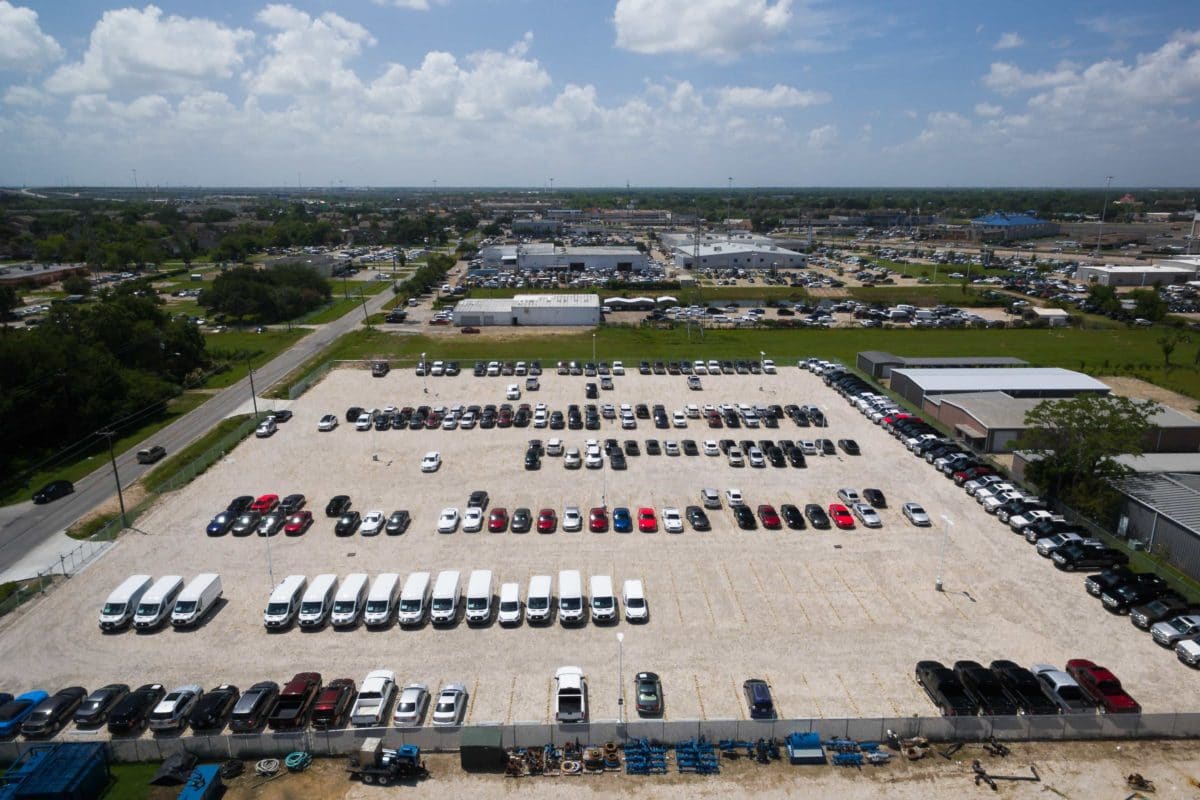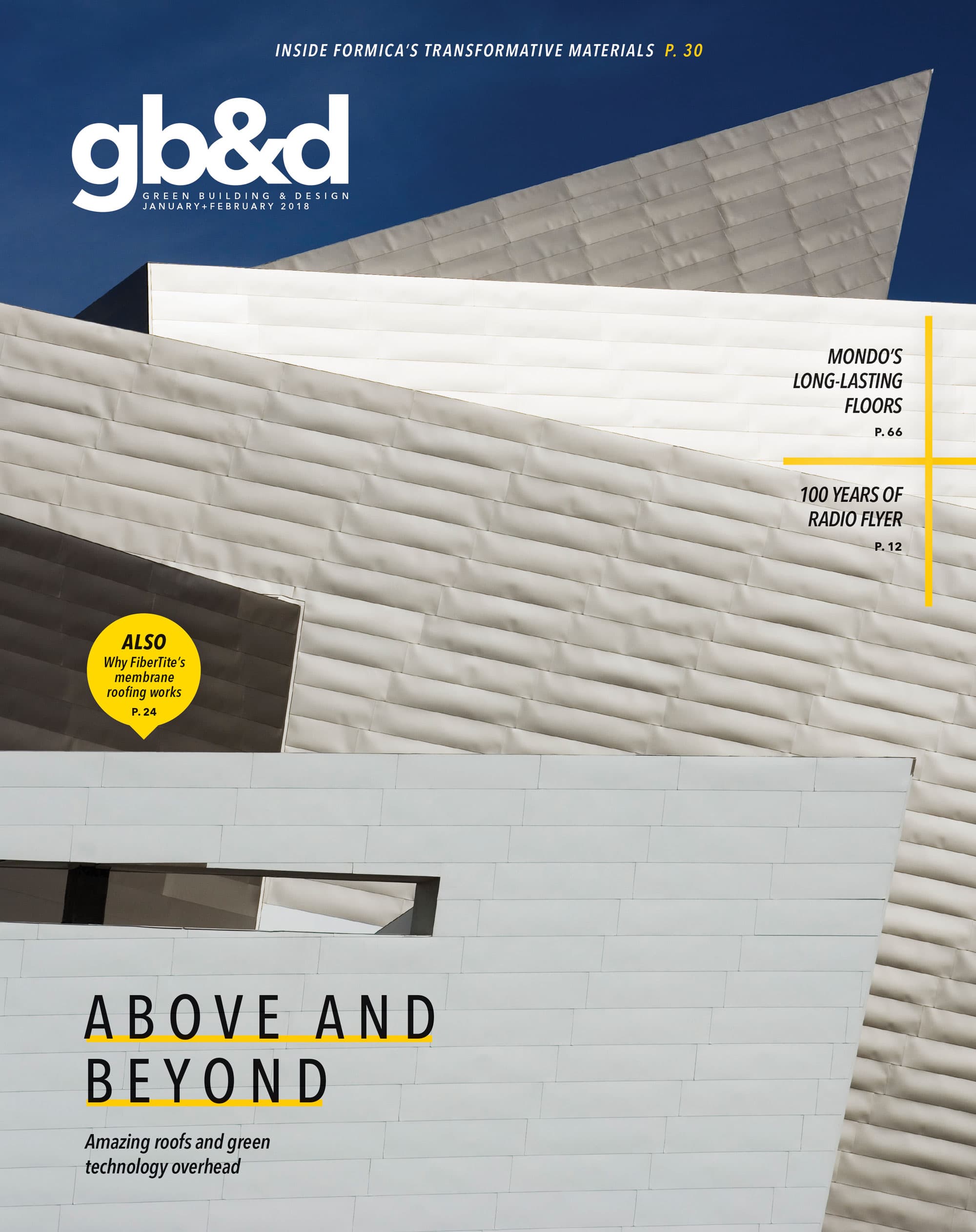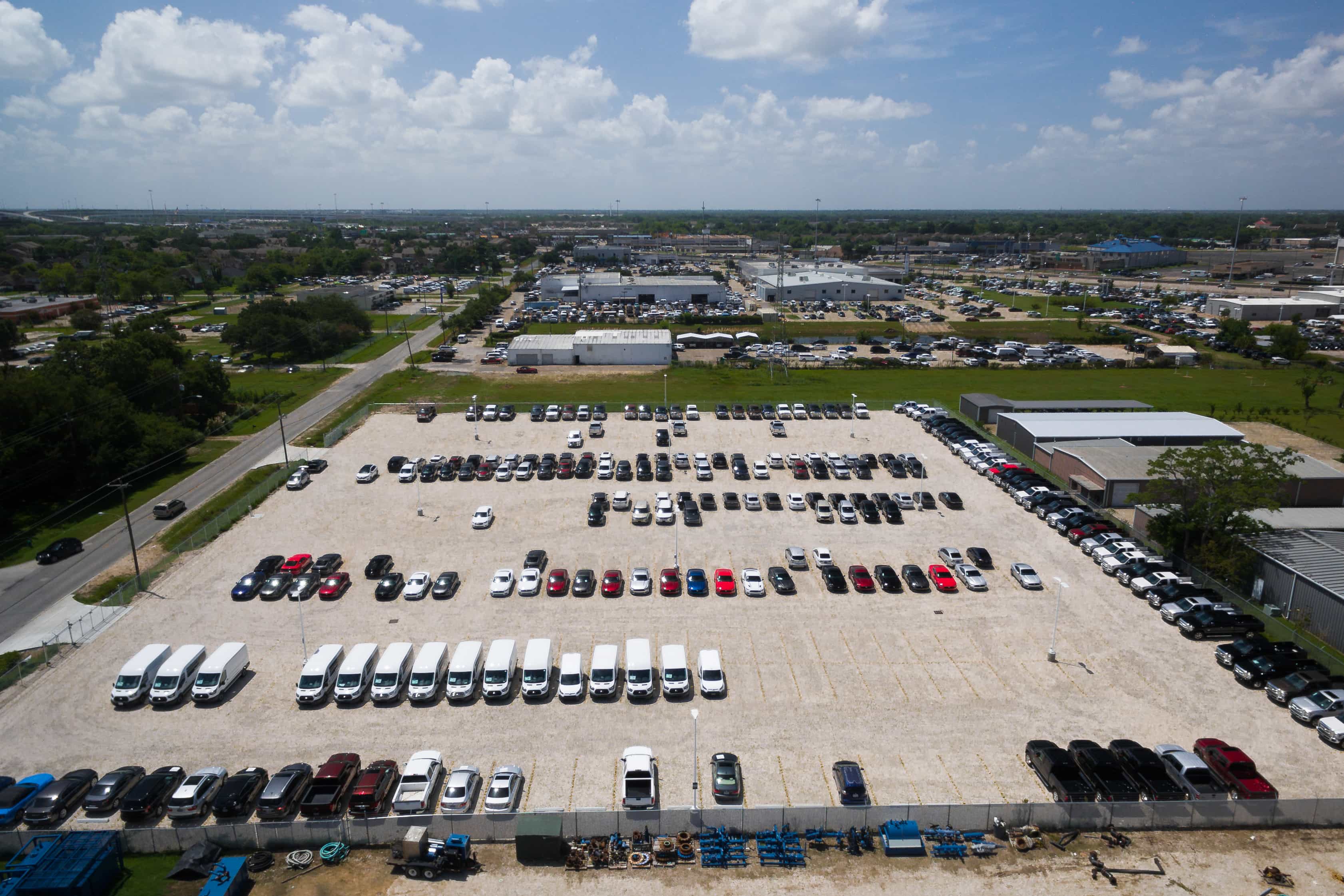
TRUEGRID’s paving solutions create 100% permeable surfaces and detain water. [Photo: Courtesy of TRUEGRID]
TRUEGRID permeable pavers provide environmentally sustainable alternatives to traditional paving methods.
As Barry Stiles sat in his Houston home while Hurricane Harvey stormed across his yard, he saw pickup trucks driving through grill-high water on the road in front of his house—while his driveway stood entirely free of any flooding. It was a perfect portrait of the founder and CEO of TRUEGRID’s permeable pavers at work.
Launched roughly five years ago, TRUEGRID was born of Stiles’ background in manufacturing and design—but even more, from the plastics engineer’s own personal journey, when his young son was diagnosed with a rare form of cancer and then Stiles himself battled cancer. The father and son are both healthy today, but as Stiles struggled through those experiences, he also did some soul searching. “These cancers, they don’t know where they come from—whether it’s genetic or from food we eat or if it’s environmental—but I knew I could make a difference, that I could do something with my skill set to make our environment a healthier, safer place for our kids,” Stiles says. And from the beginning, that’s been his driving mission with TRUEGRID: to use 100% recycled materials, to make a more sustainable paving alternative, to help reduce flooding and clean storm water, and ultimately, to remove environmental toxins.
FROM OUR JANUARY+FEBRUARY 2018 ISSUE
The preferred publication of leading green professionals.
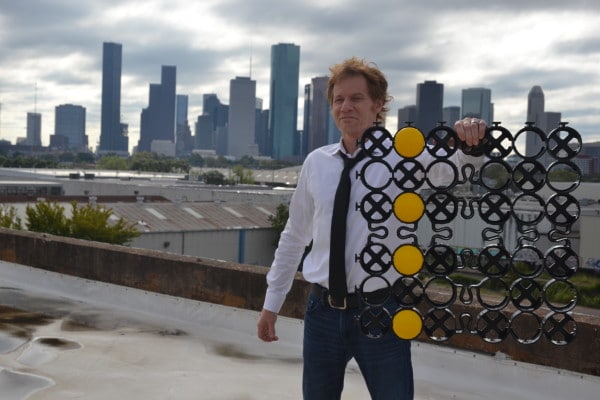
TRUEGRID Founder Barry Stiles’ permeable pavers are a safer, more sustainable alternative. [Photo: Courtesy of TRUEGRID]
Real-World Legos
Traditionally, and particularly for commercial development, decent alternatives to concrete and asphalt haven’t existed. “Low-impact development is a trending topic—it’s been coming on like a freight train,” Stiles says. “People are looking to develop more wisely and more in harmony with nature.”
Enter TRUEGRID permeable pavers, heavy-duty pavers that can be used anywhere (short of high-speed freeways for residential, commercial, and industrial purposes—parking lots, green spaces, event centers, walkways, truck yards, storage centers, high-end retail destinations, commercial strip centers, office buildings, and the list goes on. Based in Houston and manufactured in facilities across the U.S., TRUEGRID permeable pavers are made from 100% post-consumer recycled, high-density polyethylene. “Basically, recycled shampoo bottles, water jugs, milk jugs,” Stiles says. “There’s a monumental waste stream we’re trying to utilize and keep out of oceans and landfills.”
“I’ve always believed that small actions can equal big results.”
—
Barry Stiles, TRUEGRID
With an eye on developing responsibly—and affordably (Stiles knew his product had to be “green” but also more cost effective than traditional methods)— Stiles mimicked his TRUEGRID permeable pavers after Legos. “My other love, outside of family, is design and new product development, and I kept going back to Legos—they’re so strong, never break, you can do anything with just a pile of plastic bricks,” he says.
So he started with a cellular shape—a strong, heavy-walled grid that can handle 18-wheeler traffic—and created an innovative, modular system featuring various products and accessories you can mix-and-match to achieve the function and aesthetic you’re after. The geometric cylinders combine superior strength and rigidity with flexibility. “As we see with concrete and asphalt, they crack when the earth moves, while TRUEGRID pavers hug the earth—so the design can handle traffic and heavy loads, but it also moves with the soil and works within any climate.”
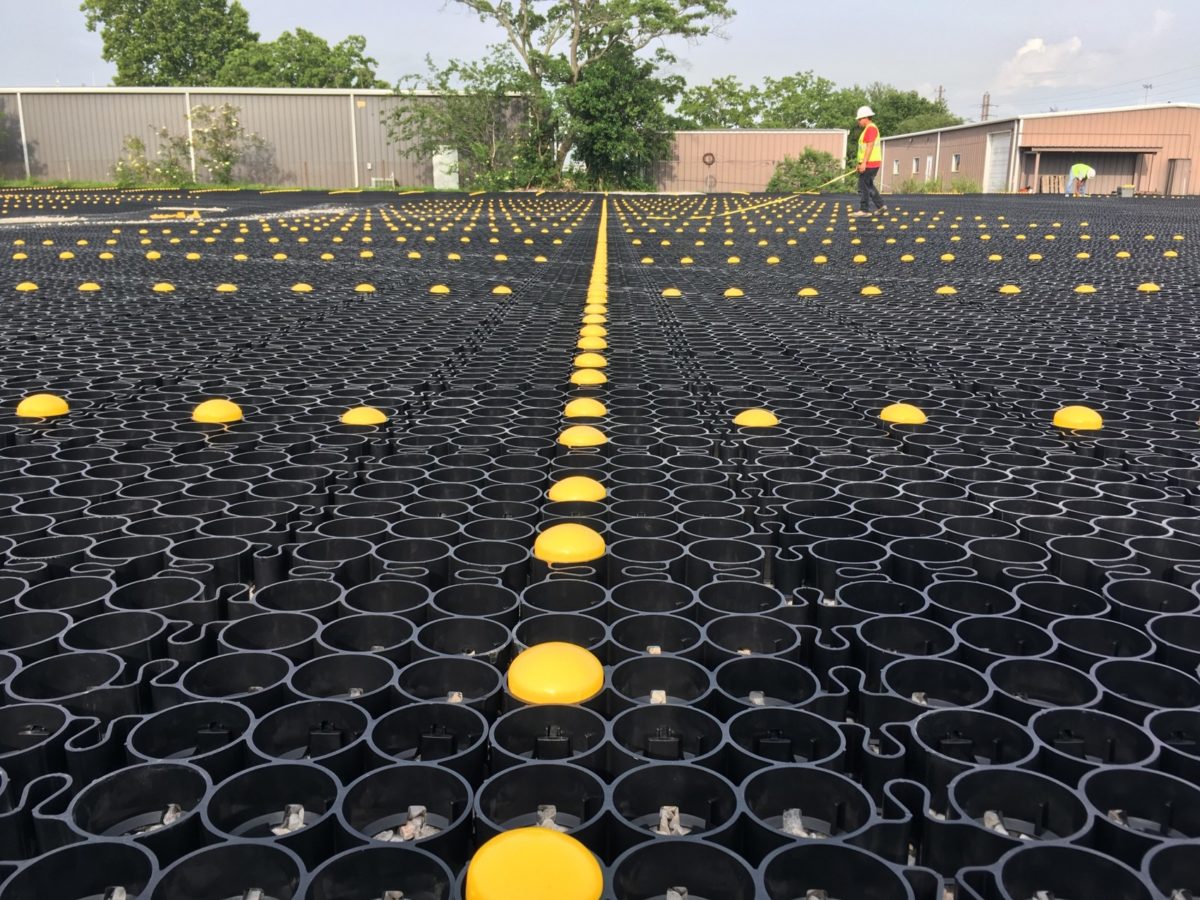
[Photo: Courtesy of TRUEGRID]
Nature’s Landscape
But why permeable pavers—and why now? What’s the significance of having a paving method that allows water to pass through? “That’s a huge topic right now from coast to coast, and especially in Houston after Harvey,” says Stiles, who draws attention to increasing temperatures and dramatic rain events. Instead of becoming more of a concrete wasteland, TRUEGRID permeable pavers allow for two essential factors.
Firstly, they create 100% permeable surfaces, and secondly, they detain water. By creating a more natural, cooler landscape that absorbs water, TRUEGRID tremendously reduces the amount of storm water runoff because the pavers’ cellular pores allow water to pass straight through at very high rates to a rock base below the grid. So instead of having to build separate detention ponds that can often take up to 25% of a developer’s land, TRUEGRID’s detention system is beneath the surface that’s hosting your walkway, parking lot, or retail center—meaning developers are able to utilize 100% of the land for functionality and revenue.

[Photo: Courtesy of TRUEGRID]
But even more importantly, as the storm water goes through the TRUEGRID system and then the rock base and into the soils, a natural bioremediation process helps cleanse the storm water of pollutants—from vehicles and concrete and asphalt surfaces—that end up right in our aquifers. “The EPA’s done studies that show a high percentage of pollutants are cleansed by the time storm waters filter naturally through soil.” Changing mindsets, however, and getting architects and designers, owners and developers, to try something new has been Stiles’ greatest challenge. But with millions of square feet of TRUEGRID now on the ground, people are starting to recognize the benefits.
“I have this vision that someday every new development— every new parking lot, paving project, strip center, grocery store, big-box store—will use TRUEGRID permeable pavers, so that not only will we have a world that floods less and looks more like nature but is cleaner and less toxic.”
AS SEEN IN
- Whole Foods
- AutoNation
- National Parks
- NASCAR
Learn about TRUEGRID and see more gb&d permeable pavers stories.

